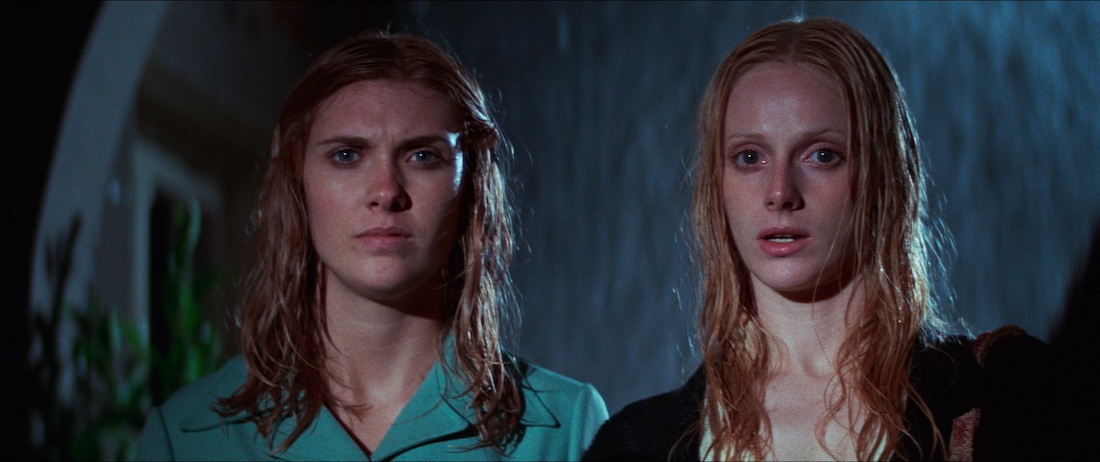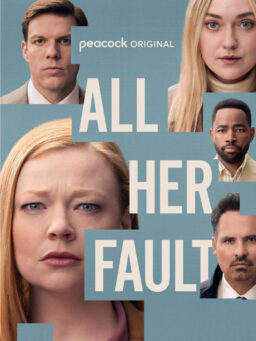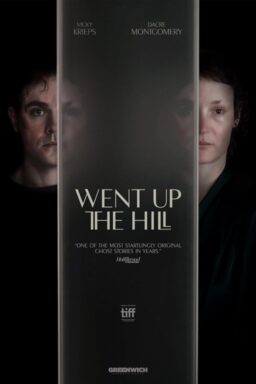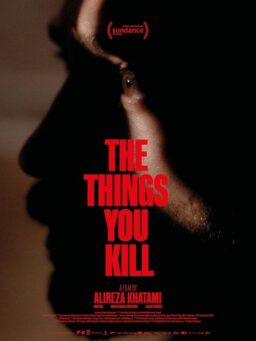Can a movie be a grindhouse classic if only kinda-sorta makes it into grindhouses—or any movie houses? Shot in 1974 and released, after a fashion, in 1977, “Death Game,” directed by Peter S. Traynor, was sufficiently obscure so as not to appear in 1984’s The Psychotronic Encyclopedia of Film under its original title or its alternate, “The Seducers.” Now restored by Grindhouse Releasing and touring the nation’s theaters while also getting a double-disc Blu-ray debut, the movie hits Chicago’s Music Box Theater on Wednesday, April 6, where I have every confidence it will prove its mettle to a contemporary audience.
To said audience, the top players of the movie will not connote “grindhouse” at all. They are Seymour Cassel, stalwart character actor and John Cassavetes rep player; Sondra Locke, on the cusp of becoming a long screen (and real life) partner to Clint Eastwood; and Colleen Camp, an actor and producer who memorably portrayed an ill-fated Playboy Playmate in “Apocalypse Now.” But the scenario they act out is pure exploitation. Cassel plays George Manning, a complacent Bay Area bourgeois man, not out to get into any mischief on a weekend his wife and kids are out of the house. But on a dark and stormy night, Jackson (Locke) and Donna (Camp) show up at his suburban doorstep, drenched and claiming to be lost. Like any mensch, he wants to help, so he lets them in, gives them use of the phone and tries to help the rather giddy girls dry out. Remaining giddy, they hit George’s hot tub, and invite him in. A threesome depicted in what seem to be a deliberately annoying series of double and triple exposures plays out. And soon things take a turn, and Donna and Jackson are holding George hostage in his own home.

If the scenario sounds familiar, it’s because Eli Roth adopted it to make “Knock Knock,” a broader and more comedic treatment of the material, in 2015. He even enlisted Camp and Locke as its executive producers. Starring Keanu Reeves, Ana De Armas, and Lorenza Izzo, it winks at the audience a bit more than Traynor’s picture. The original has that vaguely hypocritical aura that distinguished the era’s grindhouse fare—simultaneously lurid but also affecting to be indignant about the conditions yielding the lurid material. And it’s quite relentless, especially as Donna and Jackson abuse George more and more. Not to mention the poor pizza guy.
David Szulkin of Grindhouse Releasing told me he’d been championing the movie “since the mid-80s, when Eli and I went to high school together in Newton, Massachusetts”—which is also, as it happens, where “Death Game” director Traynor hails from. Szulkin kindly answered some questions for me about the movie’s origins, starting by telling me that “the film was a product of the early ’70s tax-shelter laws and was accordingly shelved for years; the original theatrical run consisted of two upstate NY drive-ins and a theater in Fresno.” I asked him to elaborate a bit on that.
“In the early ‘70s the tax code allowed certain deductions for those investing in film production. By participating in a movie, investors got a lucrative write-off. So savvy accountants and producers were able to work this incentive to profitable effect. This was all legal, and it created the opportunity for a lot of low-budget independent films to be made. Peter Traynor was an early adopter of this business model, very prolific and flamboyant about it. But he was by no means alone in doing this. A similar situation in Canada in the ‘70s gave birth to a lot of tax-shelter movies including, I believe, some of the early Cronenberg features. Peter got a lot of his investors from the medical sector. In the ‘60s he was a star insurance salesman with Penn Mutual, their highest earner in company history; he had been selling million-dollar insurance policies to wealthy doctors before striking out on his own to form an investment company. Peter got a lot of these same doctors to invest in real estate as a tax shelter, and then movies.
“My understanding of how the tax-shelter scheme worked is that if the film was released, that was fine, and if it wasn’t, that was also fine. The investors were in it for a tax deduction. It’s not quite ‘The Producers’ but verges on that, in that many films were shelved to show a loss. In other instances, the films were simply shelved for lack of interest; or they were released and didn’t do much business. It was all about the write-off. You had to prove that the film showed theatrically to get the tax credit; but this could be a very nominal ‘release’ in just a few theaters.”

The Eastwood connection to the movie has intrigued fans for years; Wikipedia has Jo Heims, the Eastwood collaborator who co-wrote the story for “Dirty Harry,” and wrote “Play Misty for Me” (which certainly has some thematic strains in common with “Death Game”) as a co-screenwriter on Traynor’s film. “That’s absolutely, totally backwards. The original script was written by Anthony Overman and Michael Ronald Ross in 1971. The first draft was called ‘Freak.’ Don Devlin (Dean Devlin’s father and running buddy of Jack Nicholson) was going to produce it. Devlin suggested that the writers change the protagonist from an amoral womanizer and loner named Parker (Michael Ross’ nod to Donald E. Westlake’s ‘Richard Stark’ novels) to a married guy, an ‘everyman.’ The ensuing revision, called ‘Mrs. Manning’s Weekend,’ was optioned by Jo Heims’ husband Bill Duffy for development at Malpaso, Eastwood’s production company. Heims rewrote ‘Weekend’ to make it more ‘romantic’ like her then-current project with Clint, ‘Breezy.’ Clint was going to direct with Nicholson to star.” But when “Breezy” tanked, Eastwood lost interest.
It was through these connections that Locke became involved. (While not yet romantically involved with Eastwood, she had auditioned for “Breezy,” and Heims sent her the “Weekend” script.) Reportedly the prospect of playing a sort of villainess appealed to her. But she was initially not thrilled with the movie. (Nor was Cassel, who balked at some of his scenes in which he had to be pelted with food by Locke and Camp.)
“While Sondra considered ‘Death Game’ a disaster, she held David Worth’s cinematography in high regard,” Szulkin says. “So much so that she recommended David to Clint Eastwood, and David became the Director of Photography for ‘Bronco Billy’ and ‘Any Which Way You Can.’
“Over the years Sondra and Colleen both became aware of the cult following for what had been a forgotten movie from the early days of their respective careers. After Grindhouse Releasing co-founder Sage Stallone died in 2012, we showed ‘Death Game’ at a memorial for him at Quentin Tarantino’s New Beverly Cinema in Hollywood. Colleen had not seen the movie in decades; she came to the New Beverly screening … and saw how the crowd went wild (especially at the end). That was one of the events that planted a seed for remaking the movie, as Colleen mentions on the Blu-ray.”
The Blu-ray’s extras are quite wide ranging and include an interview with Locke (who died in 2018) in which she discusses the film and her issues with it in depth. It’s a terrific package. But seeing the movie in a real movie house (such as the Music Box) is definitely an opportunity not to be shrugged at.
Click here to get your Blu-ray copy of “Death Game” from Grindhouse Releasing.












